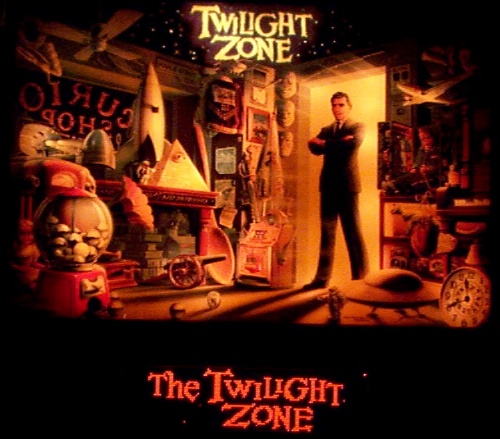

There are also unrealistic character dynamics. But later, Sharpe will disagree with the MAA’s strategy for a city council hearing after they call their strategy a “safe” bet. In the process, you’ll be smacked over the head by Dan Frank of the MAA calling Sharpe “safe” to engage with the government here because he has no vested financial interest in pinball, which is, again, good.
PINBALL MACHINE FORUM MOVIE
The rest of the movie takes the viewer through Sharpe’s dive into the history of the industry through those who own pinball companies and also the Music & Amusement Association’s (MAA) efforts to enlist Roger’s help in changing the law. But what the movie left out is that, even if La Guardia’s actions were far too excessive, the mob did actually use pinball as a source of gambling revenue. And other cities from Atlanta to Chicago banned the game, too. The government even used the legs of the machines to make new police clubs. Furthermore, the authorities treated it as an opportunity for public relations wins: “Major raids throughout the city, squads of police swarming into bowling alleys, bars, anywhere they could find them,” Sharpe recounts. Go for the flippers.”Īs modern-day Sharpe explains, pinball was banned for decades in New York City, starting with Mayor Fiorello La Guardia who claimed pinball was gambling and run by the mob. The clerk explains, “That’s why we got busted.” He soon exclaims to Ellen, “They had a warrant for pinball machines! You know, forget thieves and murderers. When the clerk explains they “got busted,” Sharpe expresses confusion as to why the pinball machines were being taken, along with the pornography. The younger Sharpe story really kicks off when he returns to the X-rated store to play pinball and finds the police confiscating the machines. It plays no further role in the regulations themselves. The story of his work for GQ is only relevant here as it causes him to meet Ellen, publish an article about pinball, and become noticed for his work. Although “safe” is ultimately good here, because “safe” gets him hired following a test article, “safe” is understood later to be negative. In the job interview, GQ staff call Sharpe “safe.” This is one of a handful of phrases the writers will butcher into painfully forced and ham-fisted themes, crammed in as though the directors thought the movie needed more cohesion. The weird movie-level decisions suggest this may not be so much bad acting as bad directing. Sharpe is supposed to be an awkward, nervous, not-good-with-girls type, but the actor delivers his character’s lines too confidently to make it believable, save for some deliberate “uhs” tossed in with calculated clumsiness. The writers weave in the story of him finding his second (and current) wife, Ellen, a smooth, frizzy-haired woman who flirts with him in the elevator on his way to an interview to work for GQ. He claims to never enter behind the curtain, always staying in the entryway with the pinball machine that he later remarks is the only one he can find in New York City. Viewers then see the younger Sharpe grow into a young adult, playing pinball in what becomes his regular pornography store. Although he “was really bad at pinball,” he grew to master the game at the University of Wisconsin. “Most people don’t even know pinball was illegal,” says the modern-day Sharpe (well, not the real modern-day Sharpe, but the character who is mock-interviewed as Sharpe). Towards the end, he even clarifies some creative liberties taken by the movie, playing up the faux-documentary feel. (This reviewer, at least, couldn’t initially tell that the portrayal of the older Sharpe wasn’t the real Sharpe.) This creative choice seemed to fail, not just because of any confusion, but because of its jarring effect on the storytelling.

But the film also features an actor-portrayal of the past and younger Sharpe, chronicling his efforts to rest the pinball bans. The film is confusingly set up as an actor-portrayal of a documentary featuring a depiction of the modern-day Roger Sharpe-the pinball player, author, and activist who challenged New York City regulations against the game. If you can sit through a cliché script and writers beating you over the head with a dozen callbacks and motifs-quite a few for a movie with about a 90-minute runtime-you’ll learn about a strange regulation of a popular game, its origins, and how it was reformed. The risible history of pinball regulations is retold in Pinball: The Man Who Saved the Game.


 0 kommentar(er)
0 kommentar(er)
